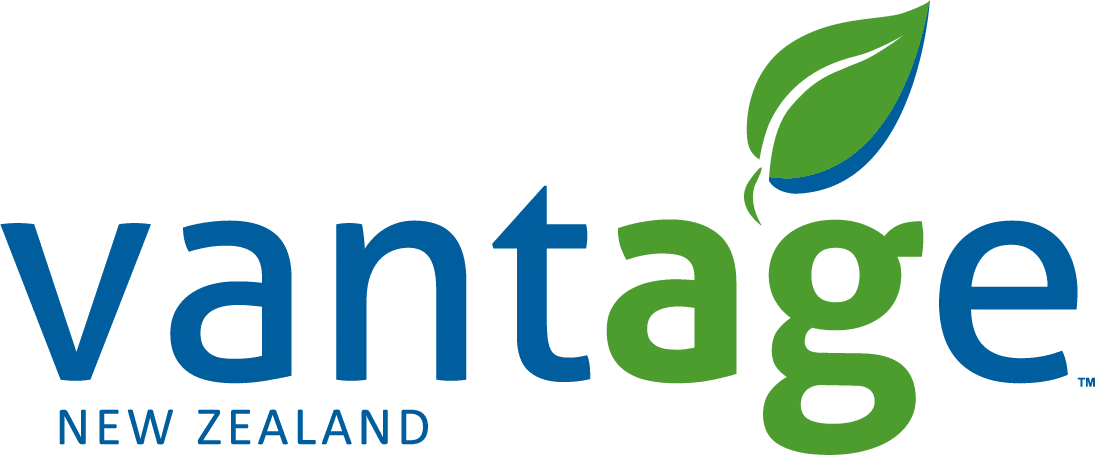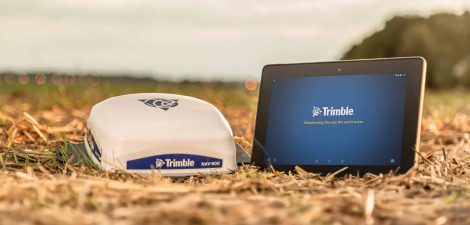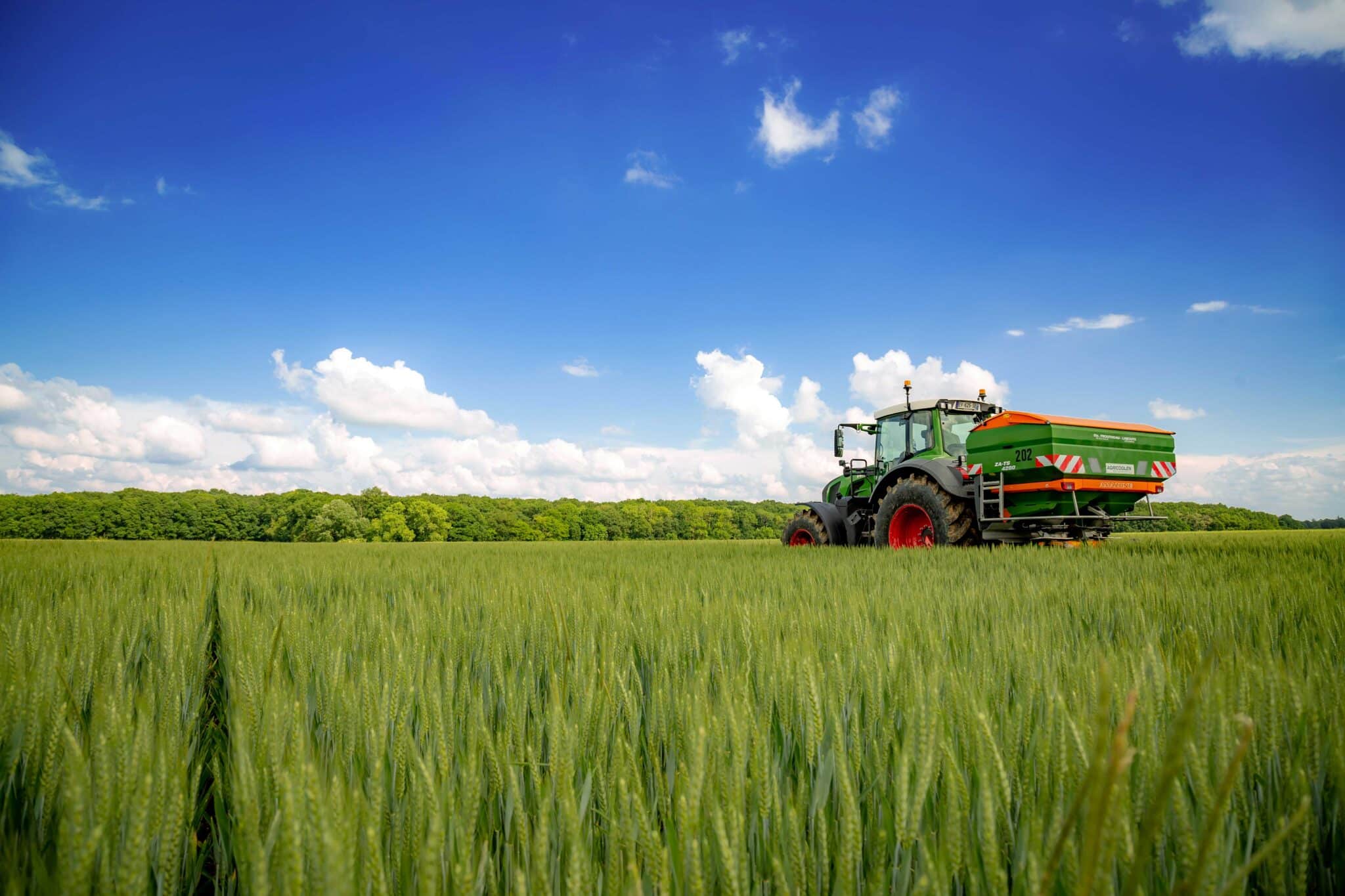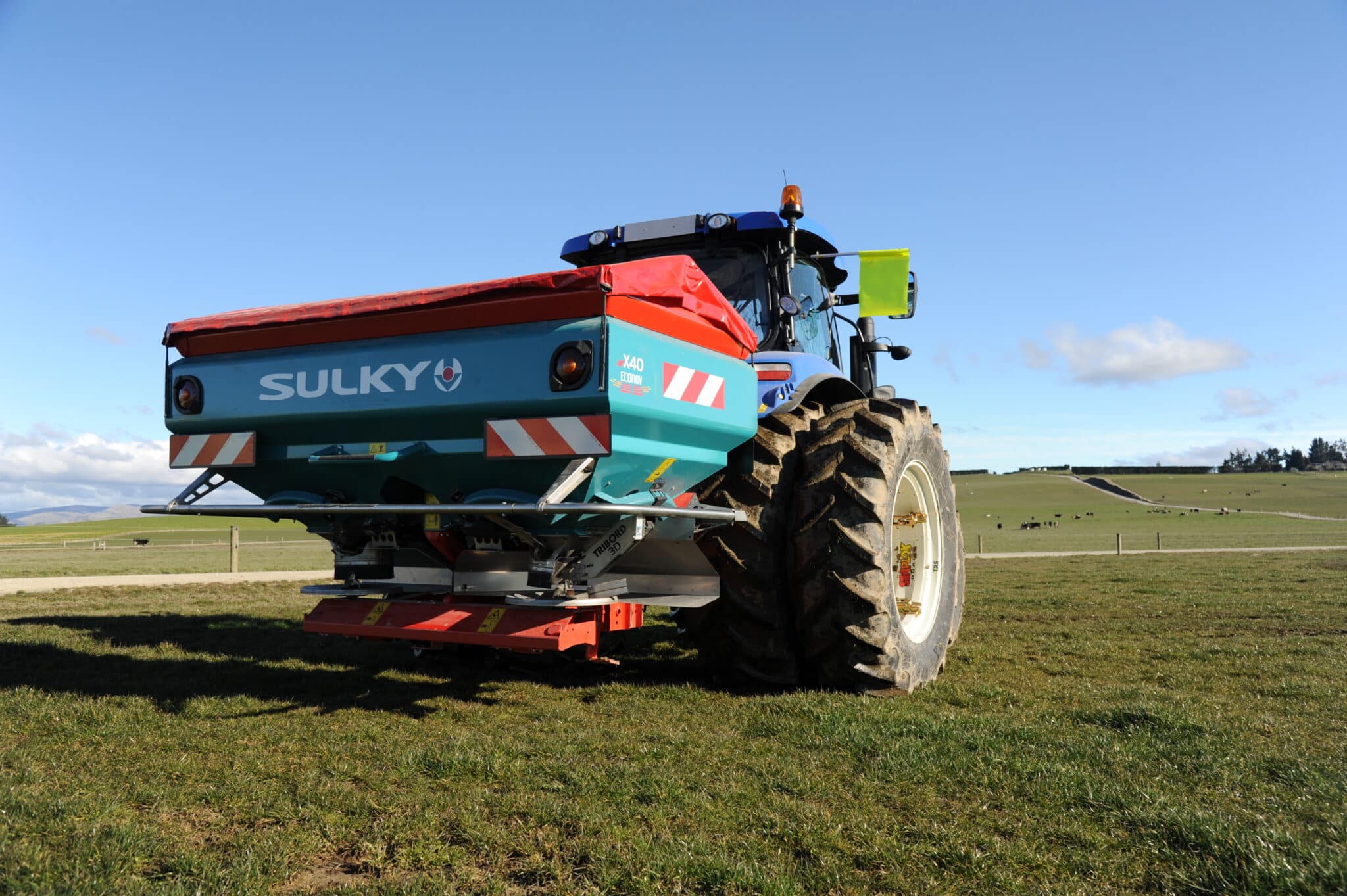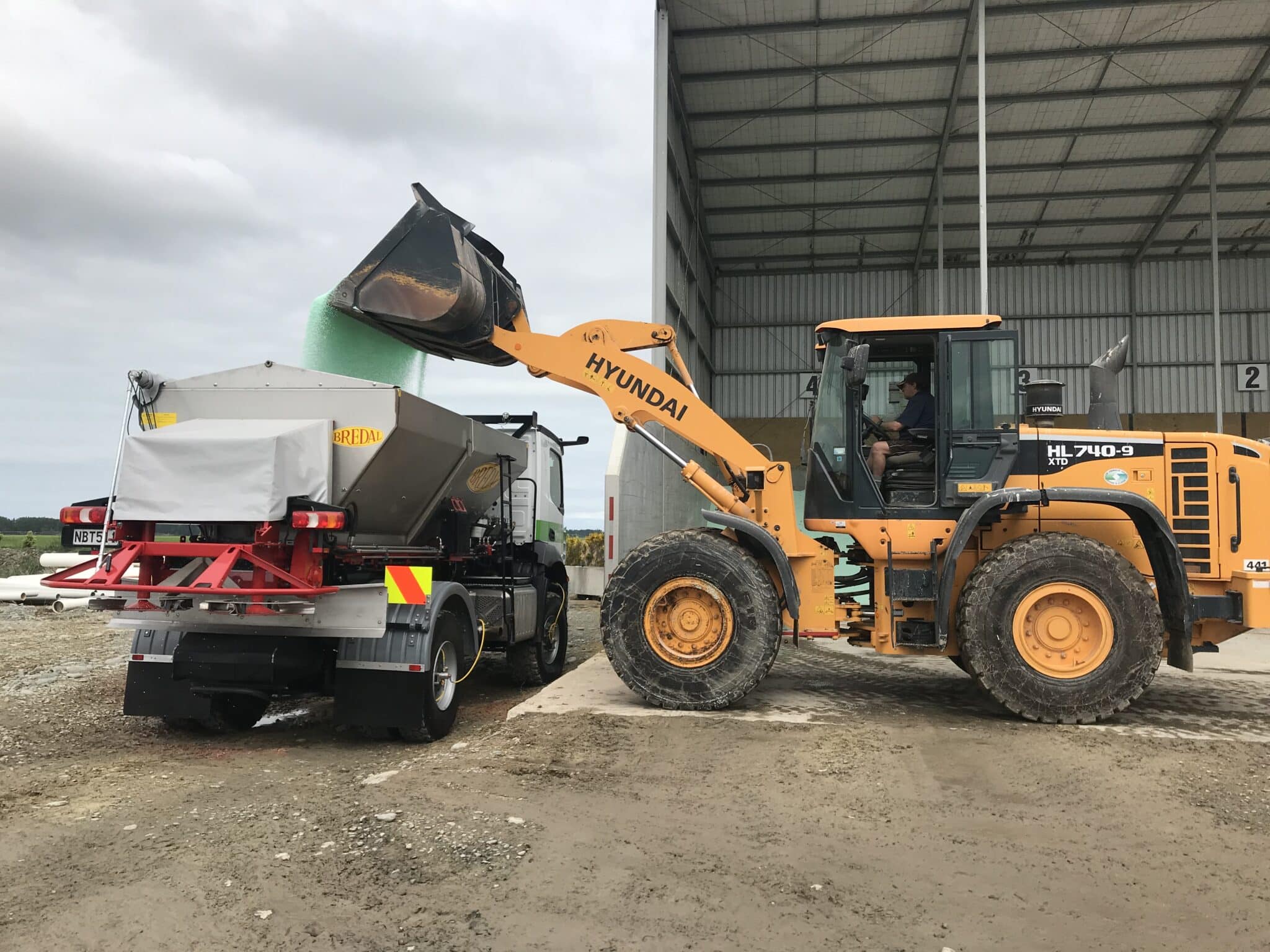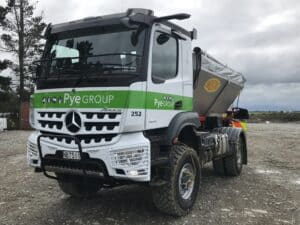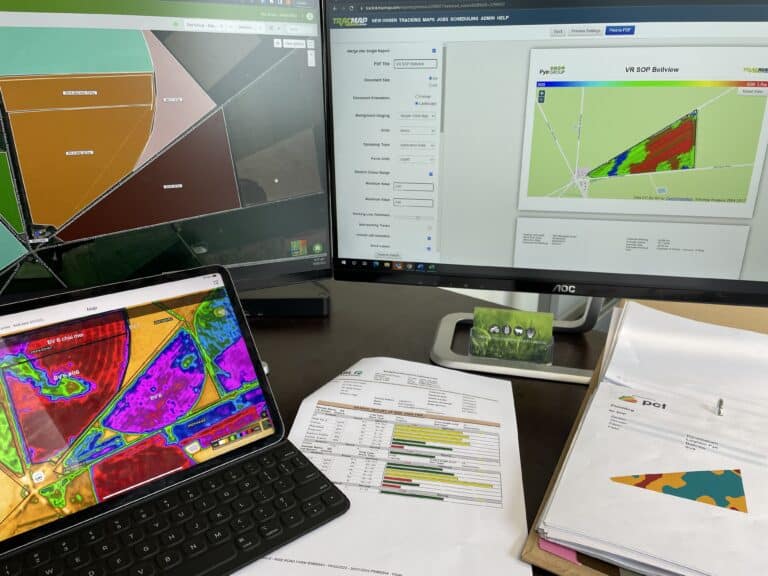Precision nutrient management is a transformative approach in modern agriculture that tailors nutrient applications to the specific needs of crops, optimising both crop and pasture productivity and environmental sustainability. By utilising advanced technologies like soil sampling, variable rate application, and GPS-guided equipment, farmers can apply the right amount of nutrients at the right time and place.
This method not only maximises crop growth and reduces waste but also minimises the environmental impact, such as nutrient runoff, which can harm waterways. Precision nutrient management represents a critical step toward sustainable and efficient farming, ensuring that resources are used effectively while protecting the environment.
The Core Principles
Data-Driven Decision Making: Precision nutrient management relies on detailed data from soil tests, crop monitoring, and weather patterns to inform nutrient application. This data helps farmers understand the specific nutrient needs of different areas within a field, allowing for more accurate and efficient use of fertilizers.
Variable Rate Technology (VRT): With VRT, farmers can adjust the rate of nutrient application in real-time based on the variability in soil fertility and crop requirements across a field. This reduces the over-application of nutrients in areas that don’t need them and ensures that deficient areas receive the necessary nutrients for optimal growth.
Environmental Stewardship: By applying nutrients more precisely, farmers can significantly reduce nutrient runoff and leaching, which are major contributors to water pollution. Precision nutrient management helps to protect local ecosystems and water supplies by minimising the environmental footprint of agricultural practices.
Economic Benefits: Efficient use of nutrients not only supports crop health and yield but also leads to cost savings for farmers. By applying only the necessary amount of fertilisers, farmers can reduce input costs and improve the profitability of their operations.
Sustainability and Future-Proofing: As global food demand rises, sustainable farming practices like precision nutrient management are essential to meet this challenge. By adopting these practices, farmers can ensure the long-term health of their soil, maintain high productivity levels, and contribute to global food security.
Implementing Precision Nutrient Management
The successful implementation of precision nutrient management requires a combination of technology, knowledge, and planning. Farmers need access to the right tools, such as GPS-guided tractors (can be sourced through local contractors also), soil sensors/testing, and software that can analyse and interpret data. Additionally, ongoing education and support are crucial to help farmers stay updated on best practices and new developments in the field .
The transition to PNM is a collaborative effort. Working with PNM experts like Vantage NZ will help guide you through the PNM journey. We offer a range of services, from soil testing and data analysis to VRA technology integration. Our team of experts can work with you to develop a PNM strategy that seamlessly integrates with your existing operation.
Conclusion
Precision nutrient management is not just about maximising crop yields; it’s about doing so in a way that is economically viable, environmentally responsible, and sustainable for future generations. As technology continues to evolve, so too will the capabilities and benefits of precision nutrient management, making it an indispensable part of modern agriculture. By embracing this approach, farmers can achieve a balance between productivity and environmental stewardship, ensuring the long-term success of their operations, NZ agriculture and the health of the planet.
Precision Nutrient Management offers a powerful toolkit to unlock the full potential of your land. Talk to the team at Vantage NZ today about how you can optimise your farm’s productivity, make smarter use of resources, and ensure a sustainable future for your land.
Find out more at vantage-nz.com/precision-nutrient-management
